The Hidden Significance of Tire Stripes
Have you ever noticed the colorful stripes on your new tires and wondered about their purpose? Blue, red, yellow, or a combination of these shades might catch your eye, but they are not merely decorative. In fact, these stripes play a crucial role in tire manufacturing and quality control. Understanding their significance can shed light on the intricate processes involved in ensuring that your tires are safe and effective. From production to installation, these stripes are part of a well-orchestrated system that significantly impacts performance and reliability. The fascinating world of tire manufacturing is filled with intricacies that many consumers are oblivious to, and these stripes serve as just one piece of that complex puzzle.
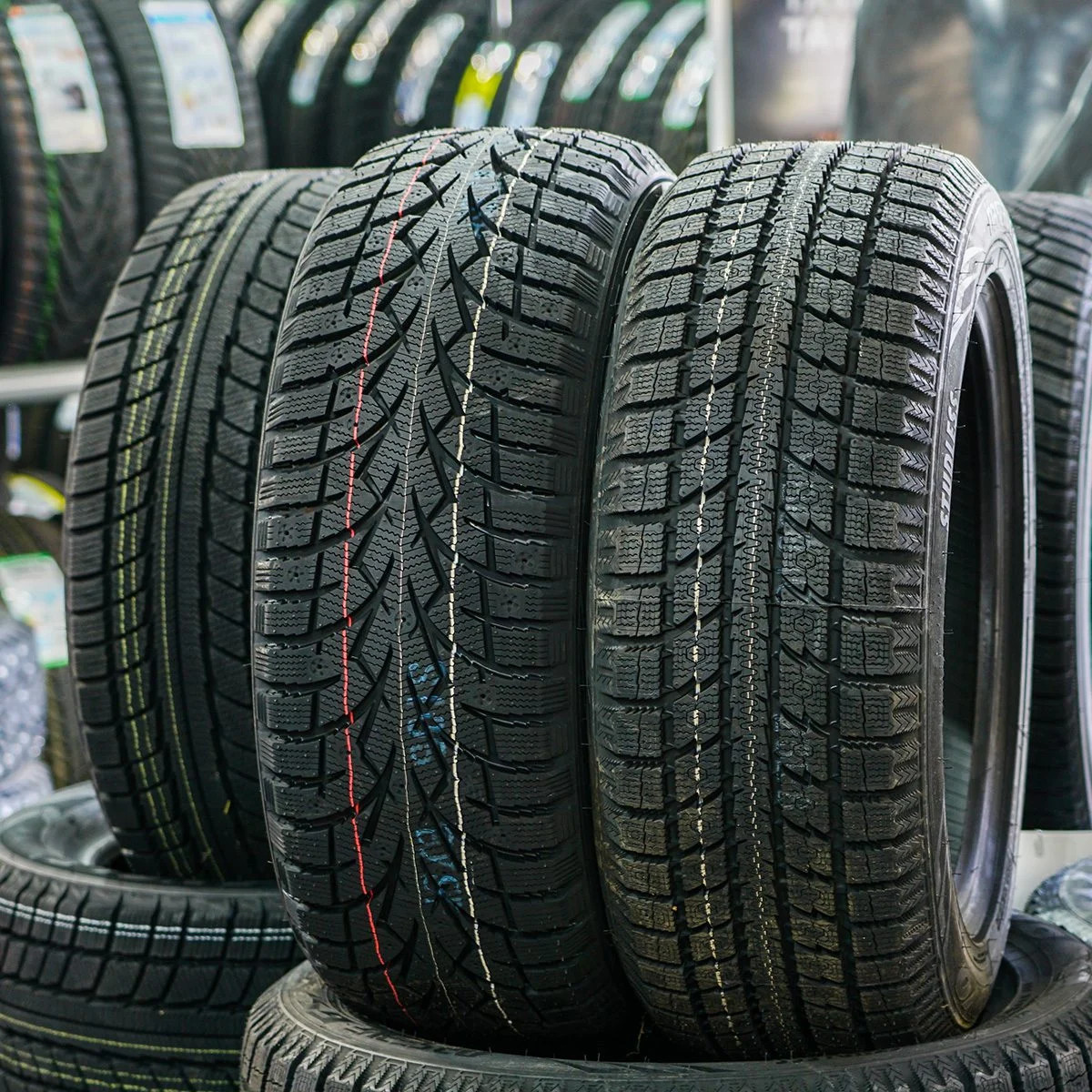
The Function of Colored Stripes
The primary purpose of the colored stripes on tires is to serve as a quick identification method on the production floor. Imagine them as a kind of visual barcode specifically designed for manufacturing contexts. These stripes help workers distinguish between various tire specifications, including size, tread design, rubber composition, and even the specific assembly line from which the tire originated. For example, a tire with a blue stripe might indicate a particular tread pattern designed for off-road use, while a yellow stripe could denote a tire optimized for highway travel. This specificity is crucial in high-speed manufacturing environments where thousands of tires are produced daily. While these markings are not legally mandated like the essential details stamped on the tire’s sidewall, they facilitate a smoother production process, allowing for rapid differentiation among products. With manufacturing speeds ramping up and thousands of tires being produced, these color codes substantially minimize the risk of errors.
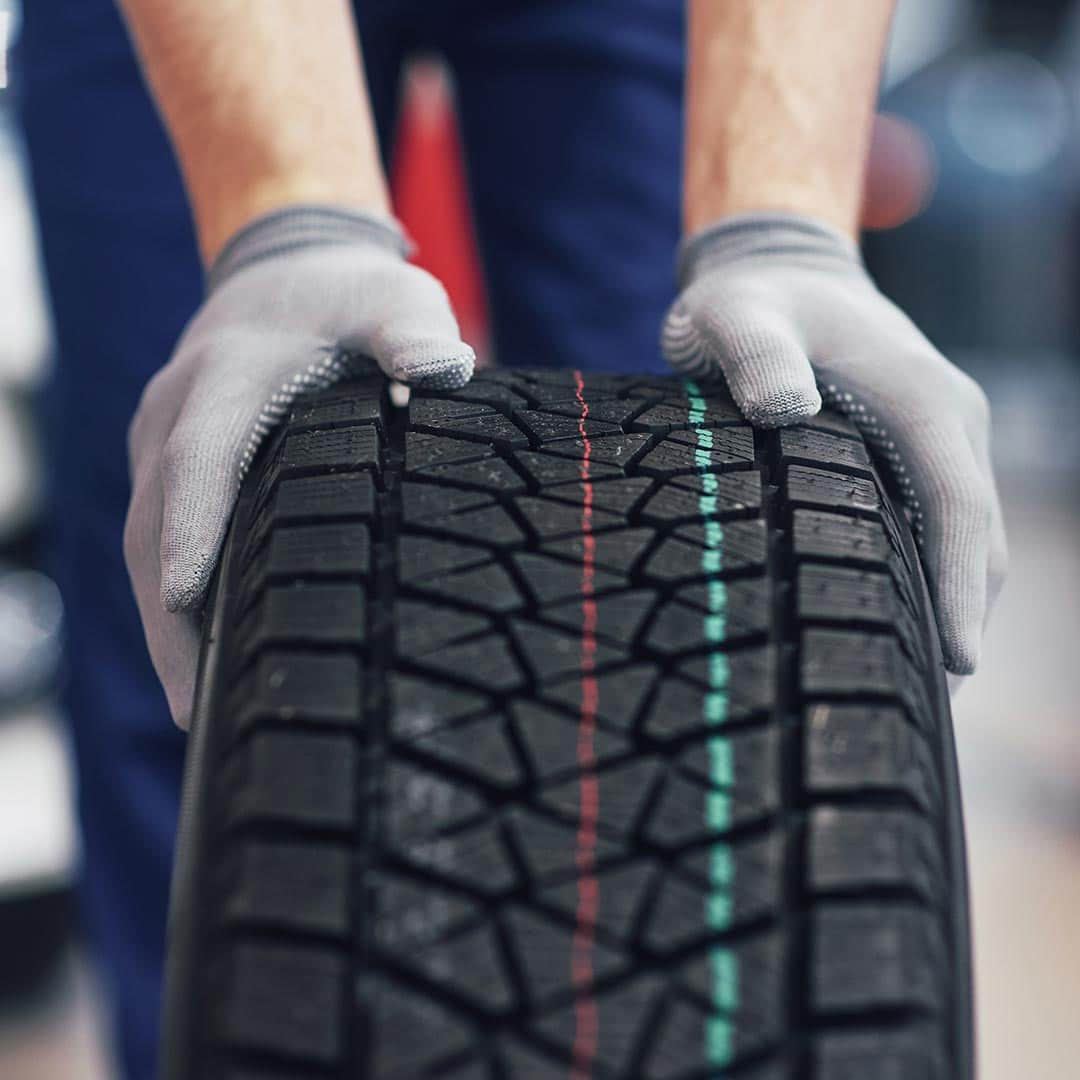
The Complexity of Color Codes
One fascinating aspect of these tire stripes is that there is no universal standard for what each color signifies. For instance, the red stripe on a Goodyear tire could indicate something entirely different than the same colored stripe on a Michelin or Bridgestone tire. Tire manufacturers develop their unique color-coding systems based on their internal requirements and the specific types of tires they produce. This means that the interpretation of these colored lines often remains a mystery to the average consumer, functioning like a coded language only understood by the tire companies’ employees. The absence of a standard system accentuates the complexity of tire production; what works for one manufacturer may not apply to another. The variations can lead to confusion, especially for consumers trying to make informed choices about tire purchases.
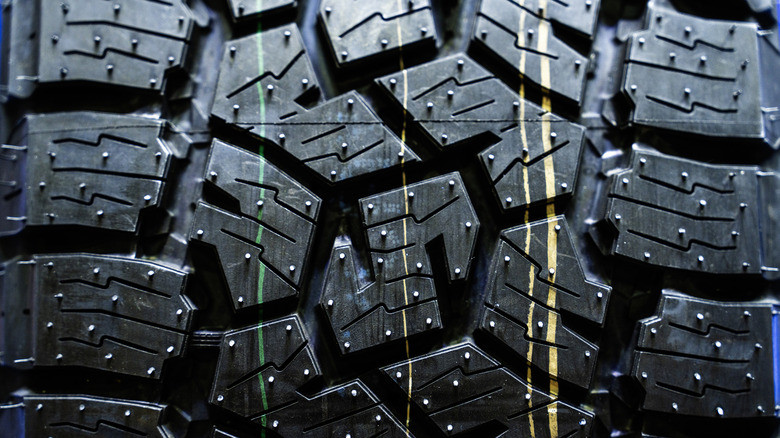
Additional Markings: Dots and Their Importance
In addition to the stripes, you may also spot small red or yellow dots on your tires. Unlike the stripes, these dots serve a practical purpose that assists tire installers. Typically, the yellow dot indicates the tire’s lightest point, while the red dot highlights the area with the highest radial force variation, which is effectively the tire’s most “out of round” point. Understanding these markings is vital for technicians when aligning the tire to the wheel. Correct alignment ensures that they match the heaviest or lightest spots, which significantly influences the driving experience. Proper alignment can lead to improved driving stability, a smoother ride, and an extended lifespan for the tire, showcasing how small details can have significant implications for performance. For instance, failing to align the heavy point of a tire with the valve stem could result in uneven wear and vibrations, ultimately compromising your vehicle’s safety and performance.
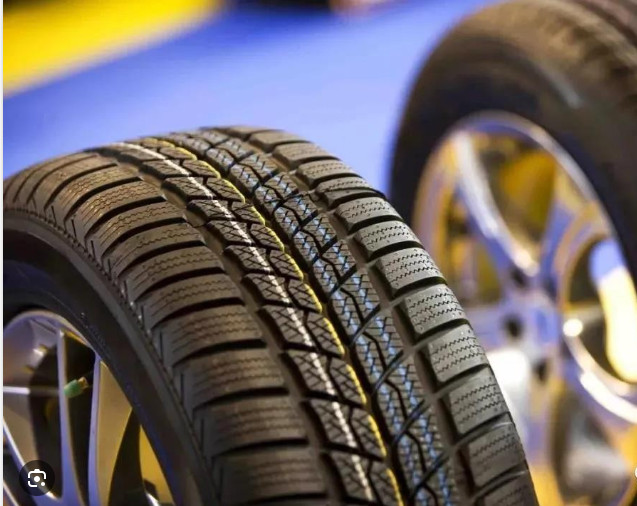
The Impact on Safety
While the colorful lines themselves do not directly influence your vehicle’s handling or safety, the manufacturing processes they represent are crucial. These lines contribute to rigorous quality control measures, ensuring that the right materials and specifications are adhered to during production. For instance, if a high-performance tire were mistakenly constructed using an unsuitable rubber compound, it could lead to dangerous driving conditions. The color coding system helps prevent such critical errors from occurring, ensuring that every tire produced meets the required safety standards before leaving the factory. Additionally, the production lines are equipped with advanced quality assurance protocols that rely on these color codes to track and manage the manufacturing process. This systematic approach is vital for reducing the likelihood of defects and ensuring that consumers receive products that are both reliable and safe.
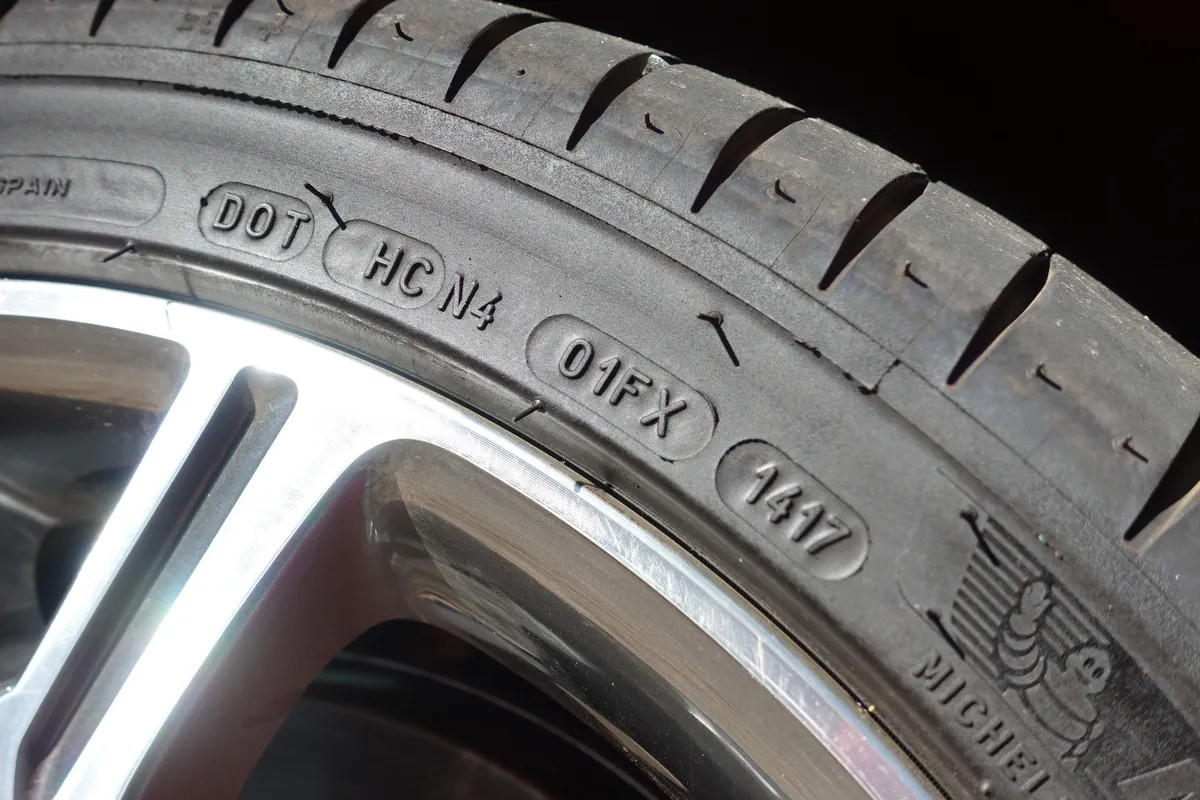
The Longevity of Tire Stripes
Despite their importance, these stripes are not designed to last. Typically painted directly onto the tire surface, they begin to fade after just a few hundred miles of use. Many drivers might even choose to wash them off if they prefer their tires to appear cleaner. Regardless of whether you keep the stripes or remove them, it’s essential to remember that they do not affect tire performance or safety after their purpose has been served. Just like the tiny rubber “hairs” on new tires that wear off as you drive, these stripes are merely temporary markers that hold value primarily in the production phase. As consumers, it’s crucial to understand that while the stripes may seem superficial, they are part of a larger framework that contributes to the tire’s overall quality and performance.
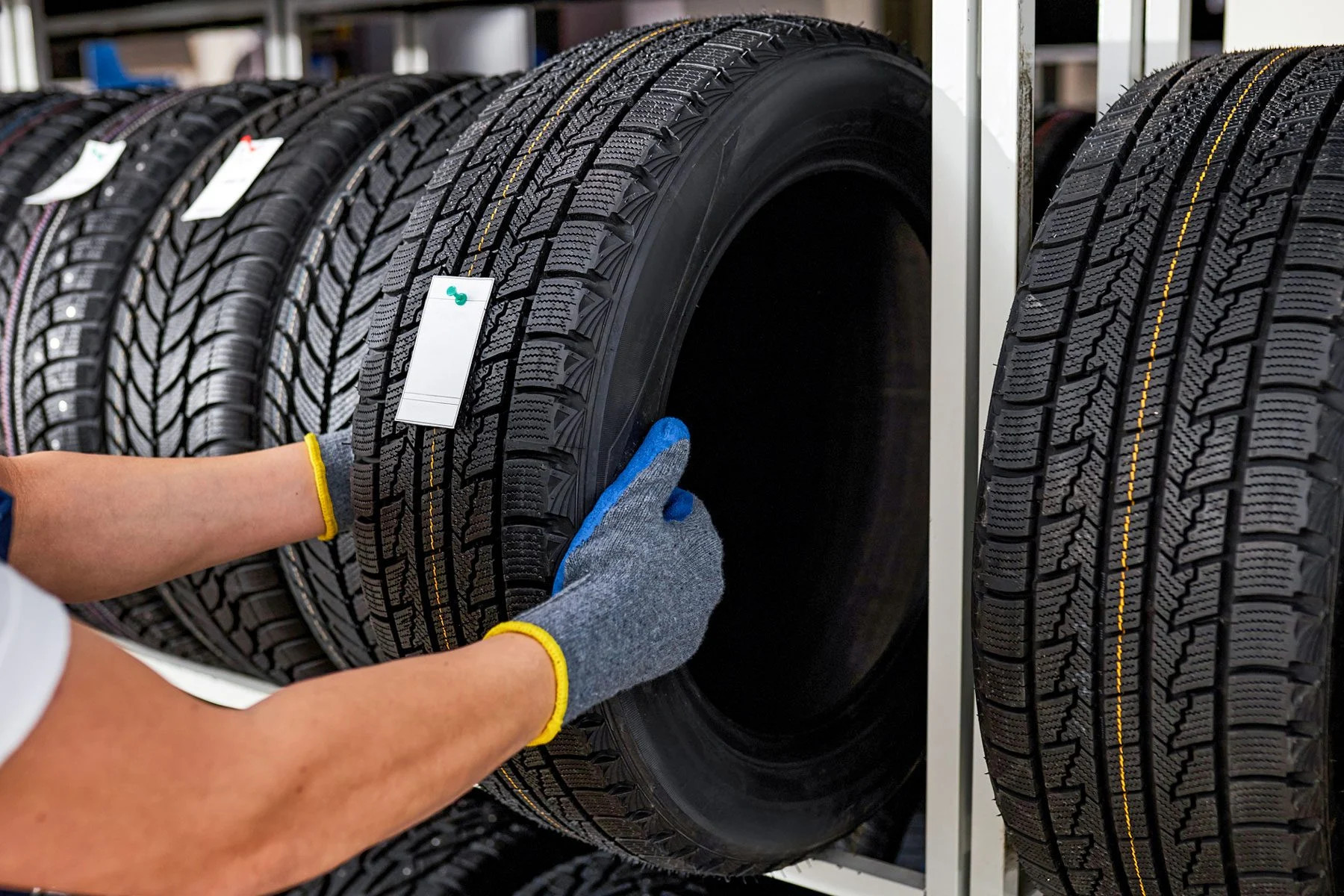
Understanding Sidewall Codes
While the stripes handle the internal organization of the manufacturing process, the legally required information resides on the tire’s sidewall. This includes vital details such as:
- Tire size
- Load and speed ratings
- Treadwear and traction grades
- DOT (Department of Transportation) code
- Date of manufacture
- Tire Identification Number (TIN)
These elements are regulated by the U.S. Department of Transportation to facilitate recalls, warranties, and safe installations. The sidewall codes provide essential information that every vehicle owner should be aware of, especially when it comes to replacing tires or conducting regular maintenance. So, if you ever find yourself questioning your tire specifications, look no further than the sidewall rather than the colorful stripes that adorn your tires. Understanding these codes can empower you to make informed decisions that enhance your driving safety.
Conclusion: The Bigger Picture
At first glance, the humble colored stripes on tires might appear insignificant, but they are part of a larger framework that optimizes tire manufacturing efficiency and accuracy. These markings help minimize costly production errors, improve inventory management, and ensure that each tire meets its intended specifications. In a world where the rubber literally meets the road, even the smallest details matter—particularly those colorful lines you might initially overlook. The tire manufacturing industry is a testament to the importance of precision and attention to detail, where each component plays a critical role in the overall performance and safety of the vehicle.
The next time you notice those peculiar stripes on your new tires, remember their role as unsung heroes of the manufacturing process. They may fade quickly, but their contribution to quality assurance and safety endures every mile you drive. The intricate dance of engineering, design, and safety that culminates in a simple rubber tire reflects the dedication of countless professionals committed to providing drivers with safe and reliable products. So, the next time you check your tires, take a moment to appreciate not only their appearance but also the complex story behind their seemingly simple design.
















